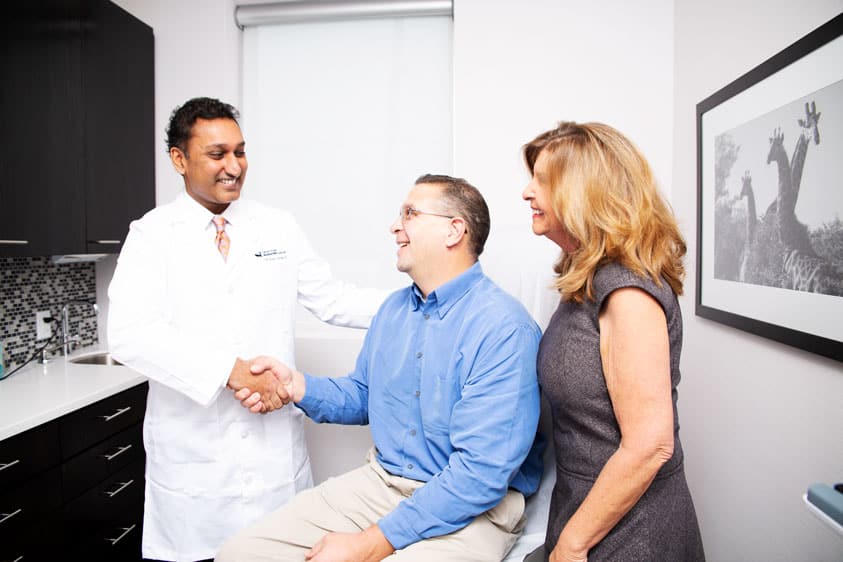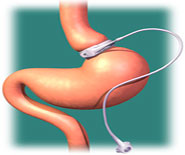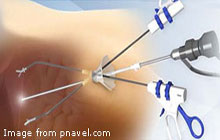If you are obese or overweight and have a chronic health condition, Single Incision Laparoscopic Surgery can help you lose weight, improve your health and mortality. Single Incision Laparoscopic Surgery makes Lap Band and sleeve gastrectomy surgeries safer and easier. Other benefits of Single Incision Laparoscopic Surgery identified by the the Society of American Gastrointestinal and Endoscopic Surgeons include:
One small scar – Before Single Incision Laparoscopic Surgery was used, weight reduction surgeries often required multiple or large incisions. This new technique makes it possible to perform weight loss surgery through a small incision, leaving patients with just one small scar.
Limited pain post-surgery – With only a single incision needed to complete the surgery, patients experience less pain during the recovery process.
Lower risk of infection – Medical staff take every precaution possible to minimize the risk of infection during surgery. Single Incision Laparoscopic Surgery also helps lower the risk of infection with only one small access point or incision made to complete the surgery.
Decrease in chronic disease – Being obese or overweight can have a negative impact on your self-esteem, mobility, and quality of life. Carrying too much weight also significantly increases your risk for many chronic diseases. Research shows that most people who receive weight reduction surgery lose about 50 percent of their excess body fat and maintain long-term weight loss.
In addition to weight loss, Single Incision Laparoscopic Surgery can help:
- Control blood glucose levels linked to type 2 diabetes
- Lower high blood pressure or hypertension
- Improve or restore sexual function
- Increase self-esteem
- Improve quality of life
- As patients lose weight and eat healthier following surgery, risks for heart disease, heart attack, and stroke also decrease



